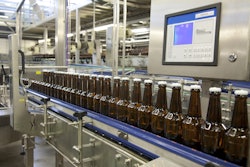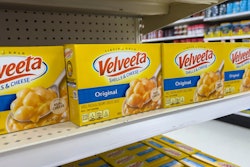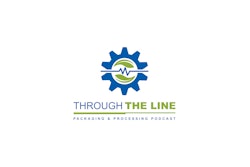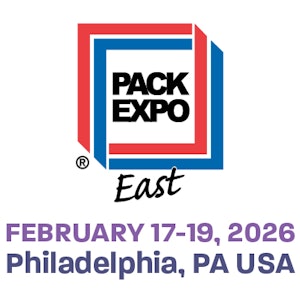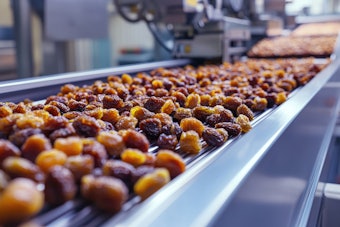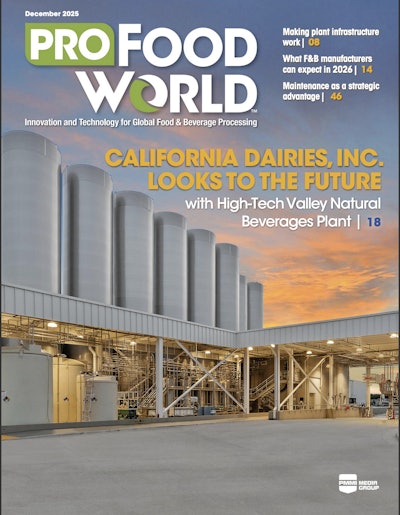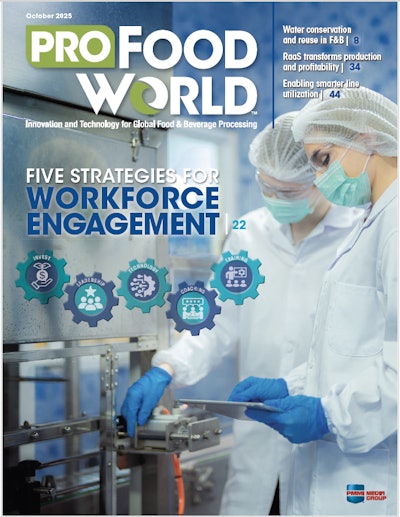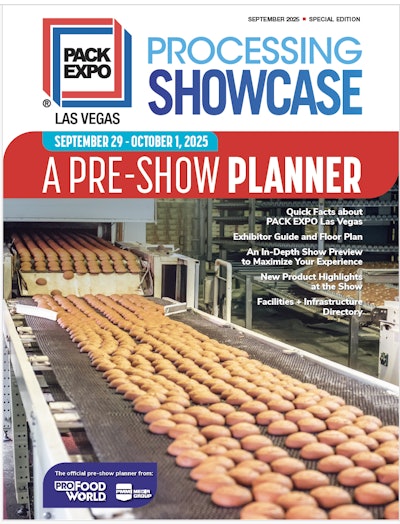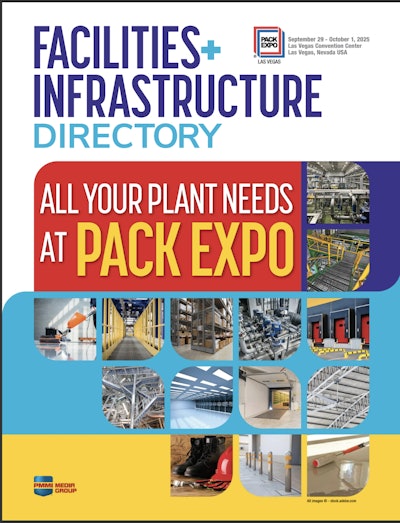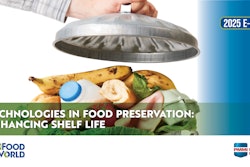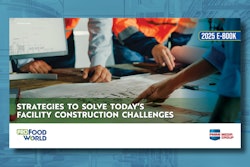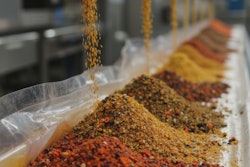Modern packages think for themselves, remind us, extend shelf life, can be heated at the press of a button, and influence our senses with their appearance, odor, and feel. And some of them can even speak. What packages in the food sector are capable of today goes far beyond their original purpose of protecting food.
Packages have to perform numerous tasks simultaneously: meet the needs of marketing and sales, comply with safety and hygiene regulations, and satisfy such consumer requirements as sustainability and easier handling while keeping the cost of production, transport, and storage low. Thanks to the very latest machines with highly automated sensor- and microprocessor-controlled drive technology, coupled with innovative materials that can be produced and disposed of sustainably, the packaging industry has succeeded in converting a 6,000-year-old idea into a modern, high-tech product.
First and foremost: protection due to packaging
Despite packaging’s long history, its primary purpose—protection of its contents during transport and storage—remains unchanged. Packages prevent contamination and damage and protect foods from harmful environmental influences such as light, oxygen, and moisture. It provides protection from spoilage due to microorganisms and prevents the loss of flavor or vitamins.
According to the Food and Agriculture Organisation (FAO) of the United Nations, up to 1.3 billion tons of foods are lost each year worldwide. In some cases, fresh goods spoil during transport, are not consumed in time, or are deemed not salable because they fall short of the given standards. And often enough, still edible food is discarded by consumers because the sell-by date has expired.
For more than six years now, this overall issue has been addressed by the SAVE FOOD initiative of the FAO, the environmental program of the United Nations Environment Programme (UNEP) and Messe Düsseldorf in cooperation with globally leading companies, organizations, and research institutes. Their joint goal is to devise solutions to prevent food loss and waste along the value chain. This involves making suitable infrastructure available, re-examining and modifying standards for packaging, raising awareness, and, last but not least, working on the package itself.
For the third time, the initiative with the international SAVE FOOD congress, which marks the start of interpack in Düsseldorf, Germany, from May 4 to May 10, 2017, will be given a suitable platform for bringing together various participants from business, science, the political sector, and civil society in the fight against food waste. During the trade fair, the special SAVE FOOD exhibition will be held for the second time in the innovationparc, which has addressed this issue at each interpack since 2008.
Hygiene’s not everything, but food is nothing without hygiene
When it comes to food packaging, hygiene is a top priority, and sensitive meat and sausage products are subject to extreme hygiene standards. Complete high-performance production lines, including meat grinder, portioner, and tray-sealing units, focus not only on performance, flexibility, and product quality, but also on the interfaces, because they have a huge bearing on productivity.
The responsibility for food safety lies with the manufacturer itself. In-plant hygiene controls are strongly advised, but even more important is the exclusion of possible hygiene traps from the outset. Covering everything from comprehensive hygiene design and effortlessly cleanable components to sterilization of the ambient air with short-wave UV radiation, highly advanced equipment delivers the highest standards of hygiene.
In the self-service sector particularly, the skin pack, a two-component SB package consisting of a polypropylene or CPET tray sealed with a skin film, has become increasingly prominent. “It’s possible to extend product shelf life considerably with vacuum skin packaging,” explains Stefan Dangel, Sales and Marketing Manager at Sealpac.
Intelligent packaging
The innovative powers of the packaging industry are remarkable. Anyone examining the very latest packaging technologies will encounter nanotechnology, and printed and organic electronics. Intelligent and smart wrappers capable of identifying and affecting the degree of food freshness in a controlled fashion are now anything but utopian.
Active packages control the moisture level, prevent the proliferation of germs and even kill them by using absorbers, for instance. Iron keeps oxygen-sensitive beverages like beer or juice fresh for longer. Table salt in the package inhibits the formation of condensation and enables mushrooms, for example, which tend to discolor after a short while, to look good for longer. “The idea was to develop a package that can take up and regulate moisture,” says Dr Cornelia Stramm of the Fraunhofer Institute for Process Engineering and Packaging IVV, explaining the goal of the research project.
Visibly fresh
Whether food is still edible can be made visible by the special sensors of modern packages. These react when certain substances or gases are released and indicate this with a change in color and fluorescence. The state of the food is then evident at a glance. One of the most frequent causes of food spoilage is breaks in the cooling chain. Intelligent time-temperature indicators are capable of indicating such discontinuities, usually with a color change.
Sustainability as a basic discipline
Consumers expect a great deal of their food packages. Their demands of the packaging industry cover not only safety and hygiene, but also sustainability. Consumers mainly associate sustainability with recycling and disposal. The development of deposit and recycling systems and, no less important, clear targets have led to a strong increase in package recycling in the last few years. Recycling is on the advance, particularly in Europe, and all EU states are to recycle half of their domestic waste by 2020.
In the assessment of package sustainability, both the material used and its quantity are important as well as package size in relation to its contents. In the industry, there is a clear trend toward using renewable resources. Used instead of conventional materials with a view to diminish the carbon footprint are often hailed as extra-sustainable. However, studies show that precisely these conventional materials, e.g., traditional plastics, yield environmental benefits when a product’s entire life cycle is considered—as a result of efficient recycling systems, for example. Ultimately, what counts as the most sustainable solution calls for a comprehensive consideration of the case in question, taking account of the various factors at all stages in the value chain.
Packaged 4.0
In addition to consumer expectations, the packaging industry is also exposed to the growing requirements of its customers. Responding to the desire for greater flexibility and efficiency, the sector reacts among other things with an intelligent and interlinked factory in which classical mechanical engineering efficiently networks with sensors, software, and services.
Industry 4.0 has long become the standard in the food industry and is closely associated with the component industry, which can be seen as blazing the trail of technological progress. In the special show “components – special trade fair by interpack,” highly advanced drive, control, and sensor equipment will be exhibited alongside products for industrial image processing, handling technology, industrial software and communication, and complete automation systems for packaging machines.
Modern lines are capable of not only autonomously supplying information on process and system states, but also communicating with each other and independently correcting processes where necessary. “Intelligent products then individually control their own production process. And this is not all: Thanks to communication throughout the value chain, a product’s life cycle becomes continuously traceable. Totally new business models are possible,” explains Hartmut Rauen, Deputy Executive Director of Germany’s Mechanical Engineering Industry Association (VDMA).
A pioneer in the use of such progressive technologies is Bosch Packaging Technology, which is planning to equip all new process and packaging machines with its next-generation Human Machine Interface HMI 4.0 as of interpack in May 2017. One of the new features is guided intuitive operation with multi-touch technology, much like on smartphones and tablet computers. The system reports malfunctions immediately and, in addition, provides information on the possible cause and assistance with remedying the problem. “This is a revolutionary innovation,” says Stefan König, member of executive management at Bosch Packaging Technology.
Packaging is indispensable for modern society. And this applies especially to food and becomes apparent above all where it is lacking—in developing countries. Food often spoils due to the lack or inadequacy of packaging for transport and storage before it reaches the consumer. In the industrialized nations, on the other hand, a package not only has to protect, but it also has to look good as well. And it has to stand out on the crowded supermarket shelves because the majority of customers only decide while shopping which product they actually put in their cart.






